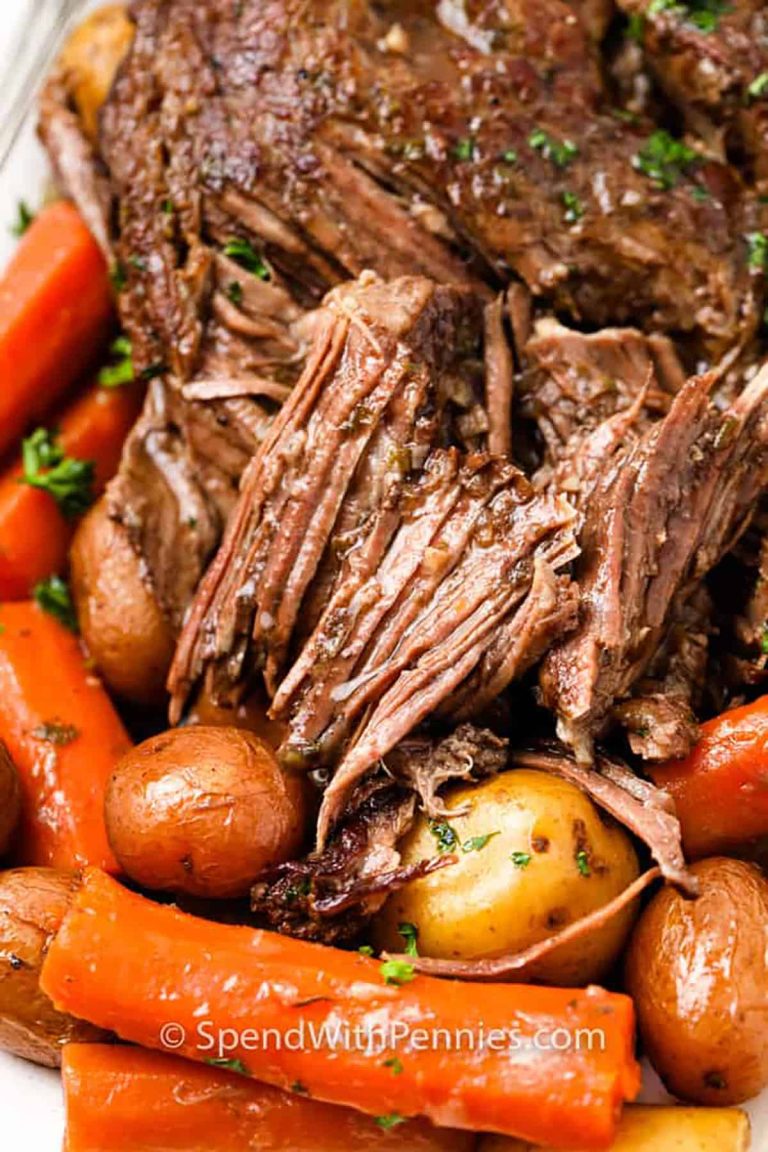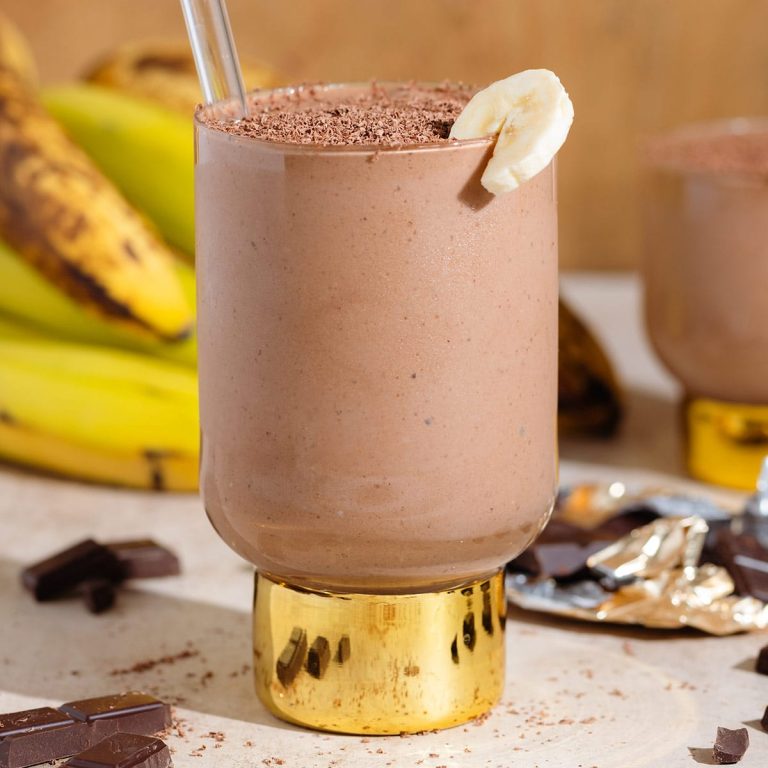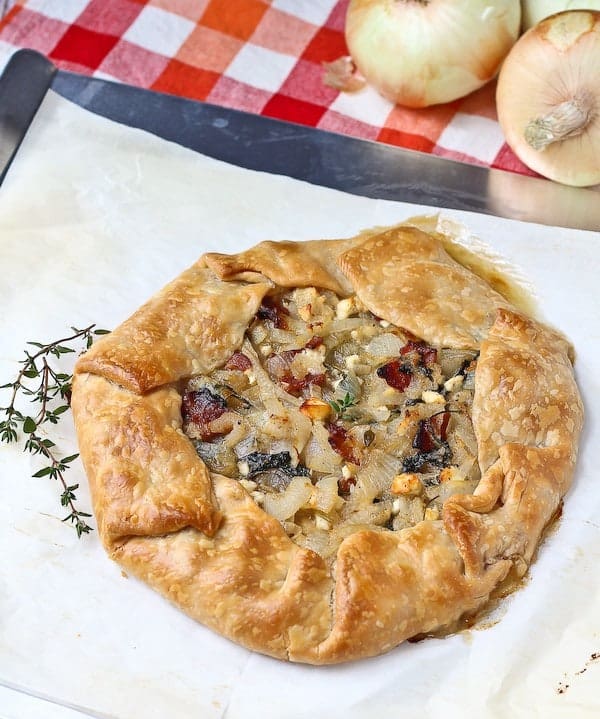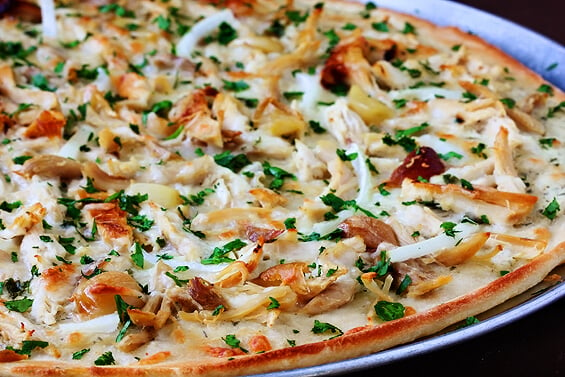Clam Bake Party Guide: History, Essential Ingredients, and How to Host the Perfect Event
Clam bakes trace their origins to the Indigenous peoples of the Northeastern United States, particularly the Algonquin tribes. These communities cooked shellfish by layering them with seaweed and hot stones in sand pits. This technique not only highlighted their resourcefulness but also laid the foundation for what became a cherished summer tradition.
Colonists adopted and adapted the Native American method, integrating their own ingredients like potatoes, corn, and sausage. Clam bakes became a social event, bringing together communities to celebrate harvests and milestones. Today, they symbolize communal gatherings, celebrating both history and the abundance of coastal regions.
Regional Variations in the United States
New England remains synonymous with the traditional clam bake, typically featuring lobsters, clams, and corn. This version is often cooked in sand pits, staying true to its historical roots.
In contrast, Mid-Atlantic clam bakes might include blue crabs alongside clams and tend to incorporate more diverse seafood options. These events sometimes shift cooking methods to large kettles or grills.
On the West Coast, clam bakes adapt to local seafood varieties, often incorporating Pacific clams and Dungeness crab. This region’s versions might use open fire pits or even modern ovens, reflecting contemporary culinary practices.
Essential Ingredients for a Clam Bake
Types of Clams and Their Selection
Clams form the cornerstone of any clam bake. Different varieties offer unique flavors and textures. Common choices include littlenecks, steamers, and quahogs. Littlenecks, most tender among these, are ideal for those who prefer subtle flavors. Steamers, known for their sweet taste, work well in combination with other seafood. Quahogs, largest of the group, provide a robust flavor perfect for chowders or stews. Always opt for fresh, live clams. Check for closed shells; any open ones should close when tapped, indicating they’re still alive and fresh.
Additional Components: Corn, Potatoes, and More
A traditional clam bake features various vegetables, enriching the overall experience. Corn on the cob complements clams with its natural sweetness. Whole, small potatoes absorb the flavors of the clams and broth, providing a hearty side. Sausage adds a savory element, balancing the brininess of the clams. Onions and garlic, sautéed or grilled, enhance the dish with aromatic depth. You can also include other seafood like lobsters for an elevated feast, presenting diverse textures and flavors. Always use fresh ingredients to ensure the best taste and quality.
Preparing for a Clam Bake
Required Equipment and Setup
A successful clam bake requires specific equipment. Ensure you have a large pot or a steel drum to hold all ingredients. Use seaweed to layer the pot or drum, providing moisture and flavor. Have an outdoor fire pit or a propane burner to cook your clam bake. If using a fire pit, bring firewood and kindling. Aluminum foil is essential for wrapping some ingredients.
You’ll need a steamer rack or grill grate to separate food from direct heat. Use a meat thermometer to ensure seafood reaches a safe temperature. Don’t forget tongs and heat-resistant gloves for handling hot items. Tables and chairs provide a comfortable dining setup. Include buckets for discarding shells.
Cooking Techniques and Tips
Cooking a clam bake involves layering ingredients for optimal flavor. Place a base layer of seaweed or damp burlap at the bottom of your pot or drum. Arrange clams, lobsters, and other seafood in a single layer. Add corn, potatoes, and sausage in alternating layers above the seafood.
Cover the pot or drum with a lid or more seaweed and burlap. Use indirect heat from the fire or burner, maintaining a consistent temperature. For a fire pit, build your fire in advance to achieve hot embers. Steam the ingredients for about one to one and a half hours. Use a meat thermometer to check food safety.
Turn and rearrange ingredients halfway through cooking for even heat distribution. Enhance flavors by adding white wine, butter, or seasoning to the water at the bottom of the pot. Once cooked, spread food on a clean table covered with butcher paper for easy serving and cleanup. Enjoy your clam bake with drawn butter, lemon, and your favorite sides.
Hosting a Successful Clam Bake Party
Planning and Invitations
Select a suitable date and venue, ensuring it matches guest availability and allows sufficient space for cooking and dining. Easily accessible beach locations or backyard settings work well.
Prepare a guest list, including friends and family who enjoy seafood. Send invitations at least three weeks in advance, specifying the date, time, location, and any items guests should bring. Use digital invitations for convenience and clear communication.
Estimate quantities of essential ingredients based on the number of guests.
For example, if hosting 20 people:
- 40 pounds clams
- 20 pounds lobsters
- 40 ears corn
- 10 pounds potatoes
Ensure adequate seating and tables for guests, and have a plan for inclement weather, like tents or an indoor backup location.
Entertainment and Activities
Organize a mix of activities to keep guests entertained. Set up lawn games like cornhole, frisbee, or croquet.
Create playlists or hire a local musician to provide background music, enhancing the relaxed atmosphere.
Plan interactive activities, such as:
- Clam digging contest (check local regulations)
- Seafood trivia
- DIY seafood seasoning stations
Set up a photo booth with fun nautical props to capture memories.
Consider safety, ensuring younger guests have supervision and first-aid supplies are on hand. Engage with guests, creating a lively and enjoyable experience.
Conclusion
A clam bake isn’t just a meal; it’s a celebration of community and tradition. With roots deep in history and regional variations that add unique flavors, hosting a clam bake offers a chance to connect with friends and family over delicious food. By following the tips and techniques outlined, you can ensure your clam bake is both memorable and enjoyable. From selecting the freshest ingredients to creating a lively atmosphere with activities and entertainment, every detail contributes to a successful event. Embrace the spirit of the clam bake and create lasting memories with your loved ones.






